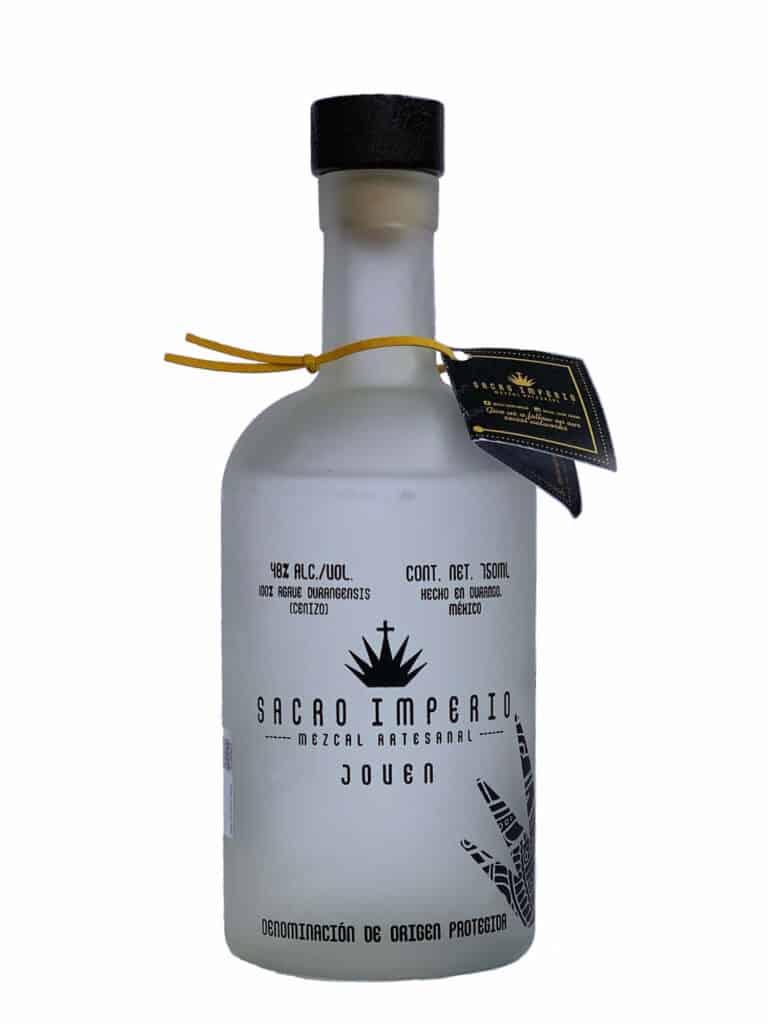Sacro Imperio is produced by Manuel Simental using maguey Cenizo in Nombre De Dios, Durango. The Sacro Imperio Cenizo is made from wild harvested Agave durangensis. The team leases hillside land, brings the piñas down by mule, and then trucks them to the Mal Pais vinata. They follow the CRM guidelines for harvesting so they leave a percentage of the wild agaves to reproduce for future generations but the company also maintains an reforestation project as well.
The agaves are roasted in conical, volcanic rock lined, ovens for three to four days. Then they are broken into smaller pieces with an axe before being mechanically shredded. Fermentation is in open cypress tubs which are buried up to their lips because the temperature swings in Durango’s high desert are quite aggressive. Mal Pais is located at c2,000 meters above sea level so it gets nice and warm during the day then quite chilly at nights. While this sort of temperature swing is great for tempering sugar production in wine grapes, it’s something that really has to be managed in mezcal fermentation. This approach is also used in other northern states, especially in Chihuahua’s Sotol producing areas.
By burying the fermentation containers Simental insulates them from the temperature variation so that fermentation can proceed at an even pace. But to get fermentation started he has to add heat. Frequently these types of fermentations need to be sparked by previous fermentations whether by mezcal or pulque or something else. Sacro Imperio has an ingenious hack where they fill out their fermentation vessels with spring water “heated by using it to chill the condensers of the distiller” which points to how difficult fermentation must be with ambient temperatures. The fermentation takes three to four days.

